Archaeologists of Independent India: Major Personalities and Their Work
This book reviews the work of more than 250 individual archaeologists who have been active in field research in the Archaeological Survey of India, State archaeological organizations and universities since Independence. Archaeology being an academic discipline, this parallels in a sense the performance audit of the Archaeological Survey of India which was prepared by the Comptroller and Auditor General of India in 2013. It is a measure of the intellectual interest of the country's archaeological community that they almost totally ignored this important CAG report. The national media took virtually no notice of it and the country's ever-growing band of heritage experts also gave the impression of being unaware of its existence. Getting down to the level of research conducted by individual professional archaeologists, the present volume precisely pinpoints what went on in Indian archaeology after 1947. Considering the enormous amount of money that has been invested in building up archaeological organizations of different types in the country and the enormous sums being invested in maintaining them year by year, the research output listed in the present book is far below expectations. What is worse is that the post-Independence archaeological explanation of the nation's historical past has been in a very great number of cases totally neocolonial, marked by an eagerness to continue being a minor underling of Western archaeology. What is also disturbing is that in many ways the archaeology of various tracts of the country from Ladakh downwards has been handed over to Western archaeological entrepreneurs of different kinds by India's university archaeologists for possibly some personal gains. This volume will throw unerring light on why a famous Parliamentarian of the country, Ram Manohar Lohia, stated on the floor of the Parliament in 1966 that the Indian historiography was 'diseased'.
Contents: Preface, 1. Introduction: I. The Academic Context, II. How Do We Select Archaeologists for Inclusion in This Volume?, 2. Archaeological Survey of India: I. Introduction, II. The Archaeologist Director-Generals, III. Some Senior Officers of the Survey, 3. State Departments / Directorates and Related Establishments: I. Introduction, II. The Northeastern States, III. The Brahmaputra Valley, III.1. Assam, III.2. Concluding Remarks, IV. West Bengal, V. Bihar, VI. Jharkhand, VII. Odisha, VIII. Uttar Pradesh, IX. Uttarakhand, X. Himachal Pradesh, XI. Ladakh, Kashmir, Jammu, XI.1. Ladakh, XI.2. Kashmir, XI. 3. Jammu, XII. Panjab, XIII. Haryana, XIV. Rajasthan, XV. Gujarat, XVI. Madhya Pradesh, XVII. Chhattisgarh, XVIII. Maharashtra, XIX. Goa, XX. Karnataka, XXI. Kerala, XXII. Tamil Nadu, XXIII. Andhra Pradesh and Telengana, XXIV. Some General Observations on This Chapter, 4. The Universities and Museums/Research Institutions: I. Introduction, II. Deccan College, II.1. H.D. Sankalia, II.2. Archaeologists Directors of the Deccan College after H.D. Sankalia, II.3. Some More General Archaeologists of the Deccan College, III. R T M University, Nagpur, IV. Some Archaeologists of South Indian Universities and Other Institutions, V. Some Archaeologists of Northeastern Universities and Other Institutions, VI. Some Archaeologists of Odishan Universities and Other Institutions, VII. Some Archaeologists of the Universities in West Bengal and Other Institutions, VIII. Some Archaeologists in the Universities and Other Institutions of Bihar, Uttar Pradesh and Uttarakhand, IX. Some Archaeologists in the Universities and Other Institutions of Delhi, Haryana, Punjab and the Areas Further North, X. Some Archaeologists in the Universities of Madhya Pradesh Rajasthan and Gujarat, XI. General Observations, 5. Archaeological Science, 6. The Concluding Observations: the Subversive Factors at Work, Index.
Get it now and save 10%
BECOME A MEMBER

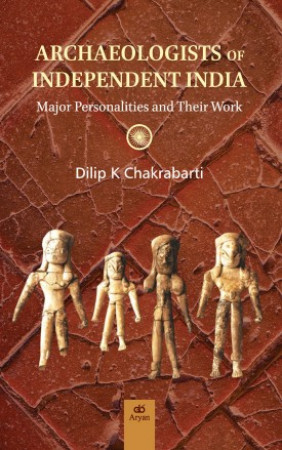
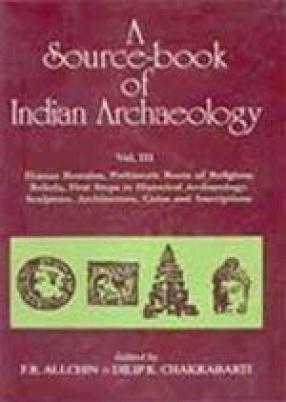

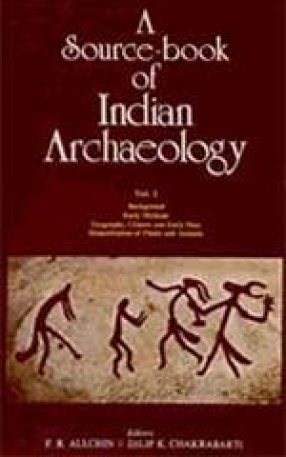
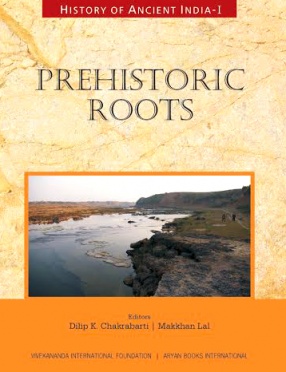
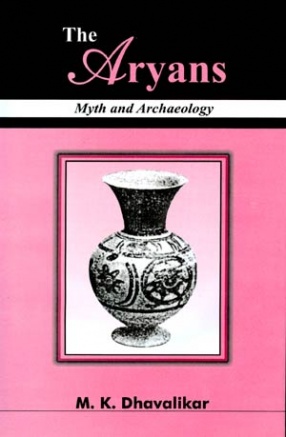
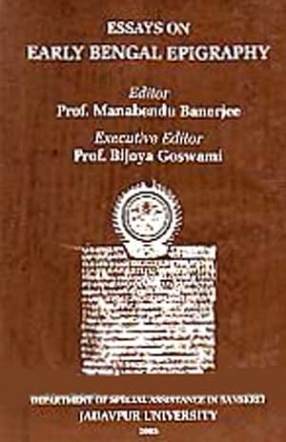
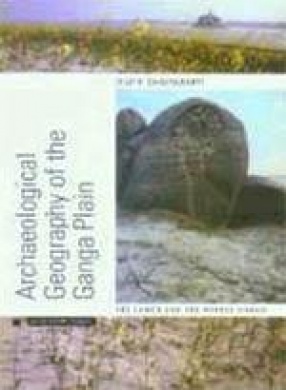
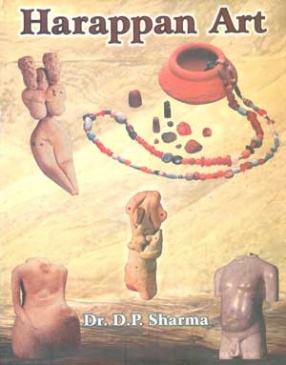

Bibliographic information